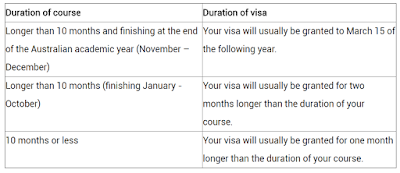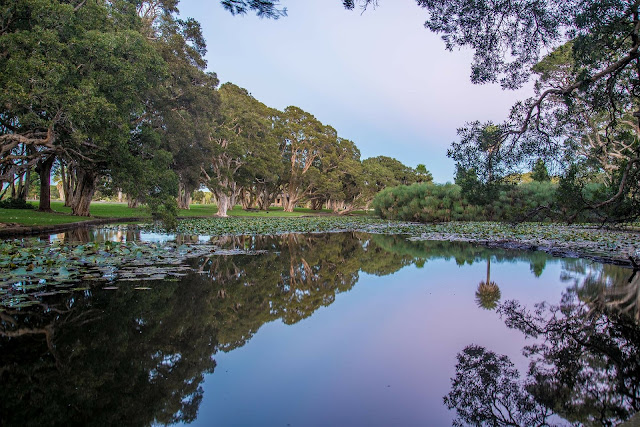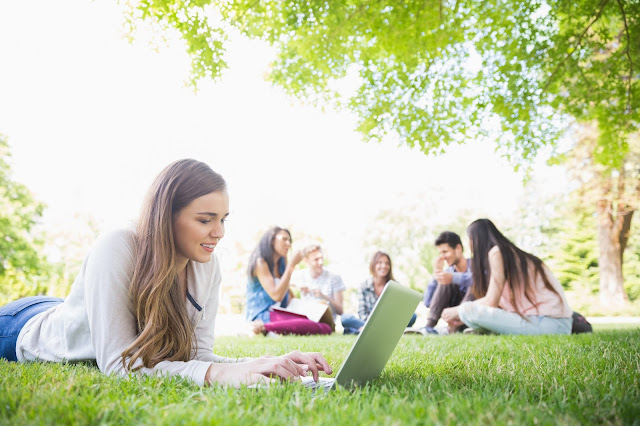Studying abroad in Australia is the dream of multitude of students around the world. Aside from the cost of studying in Australia, choosing the city for study is just as important. Below is an overview of the 6 best student cities in Australia. We hope this helps you to find the right setting for you.
According to the Department of Education and Training, the number of international students studying in Australia broke the record in 2016 with 554,179 international students enrolled in courses in Australia, an increase of over 10% from 2015. Also, the 2016 International Student Survey revealed that nine out of ten students were pleased with their study experience in Australia.
Aside from the cost of studying in Australia, choosing the city for study is just as important. Getting the location right can make all the difference to your study experience, the memories you create and the career path you follow.
Below is an overview of the 6 best student cities in Australia.
1. Perth - Capital of Western Australia
 |
| Cr: Pixabay |
Perth was ranked as the world’s 9th most livable cities by The Economist Intelligence Unit 2012. In 2006, it was voted as one of the world’s top ten future cities by Lonely Planet.
The city has become one of best study destinations in Australia thanks to its top-notch education system, life quality and the living cost not as expensive as in other countries like the U.K and the U.S. Everyone can travel on buses within Perth, Fremantle and Joondalup for free. As an international student, you will receive a 40% discount on all public transport throughout Western Australia. Also, Perth is one of most multicultural cities in Australia. There are over 200 different nationalities and more than 170 languages in use here.
If you want to pursue the science and creative field, Perth is one of best choices. Here you have chance to work with talented scientists in projects related to pure water production and vaccine development. Perth is also a promised land with high employment opportunities and attractive pays after graduation.
Take a 4-minute quick tour of Perth:
2. Darwin - Northern Territory
 |
| Cr: TripAdvisor |
As the tropical capital city of Australia’s Northern Territory, Darwin is known for many exciting outdoor activities. For example, wander in the gardens and along the beach after school. Exploring the outdoor cinema (Deckchair Cinema) is another incredibly awesome experience here. You can also visit restaurants and nightclubs on Mitchell street. Discover natural wonders at Litchfield National Park, a truly beautiful destination just South of Darwin. The South of city is also the favourite location for those who are interested in seeing outback deserts.
In Darwin, there are many educational programs for your choice – for example, Pedagogy, Commerce, Law, Nursing, Desert Science and Indigenous Studies.
As with accommodation, the average rent for a three-bedroom house in Darwin is AUD$650/week, while you would pay about AUD$550/week for a one-bedroom house.
There are special or free offers for all students travelling on buses in the Northern Territory. Please note that the bus traffic is reduced at night or on weekends.
If you are interested, try the following link:
3. Brisbane – Queensland
 |
| Cr: Pixabay |
As Australia’s most vibrant capital city over a decade, Queensland is known for its warm weather, sun-kissed beaches and friendly people. There are many entertainment, dining and shopping options in Brisbane. If you are an art lover, do not miss regular theatres and festivals, particularly Brisbane Festival and Ekka Festival. Must-sees for island lovers are Moreton, North Stradbroke, South Stradbroke, Bribie and St Helena. People often head to Gold Coast for the love of surfing.
Queensland has a multitude of educational institutions located in Brisbane, the Gold Coast, Sunshine Coast, Cairns and Townsville. There are also campuses sited in towns such as Bundaberg, Hervey Bay, Mackay, Rockhampton and Toowoomba. The most popular among hundreds of fields of study here are Travel & Tourism, Maritime Science and Tropical Agriculture.
Regarding accommodation, the weekly rent for a three-bedroom house in Brisbane is AUD$390, while you would pay AUD$375/week for a one-bedroom house. In the small towns in the state, the weekly rents may be cheaper.
Admire Brisbane here:
4. Adelaide - South Australia
 |
| Cr: Adelaide Park Lands |
Adelaide, the capital of South Australia, is a vibrant, exciting city. It is often praised as a place to enjoy life instead of to live. With the Mediterranean climate, lush parklands and some of the country’s best beaches, Adelaide is a gateway to outdoor activities.
Its education quality is on a par with other megacities in Australia. The University of Adelaide is listed in the group of Eight (go8) markets (others are the Australian National University, the University of Melbourne, Monash University, the University of New South Wales, the University of Queensland, the University of Sydney, and the University of Western Australia). The living cost here is affordable for international students. According to statistics, international students in Adelaide can save up to AUD$700/year on public transport fees.
It is said that Adelaide is one of Australia’s cities with the most people awarded Nobel prize. Three Nobel laureates have studied here and many people in the city have become the world’s famous scholars.
5. Melbourne – Victoria
 |
| Cr: Pixabay |
Melbourne has proved popular when attracting over 200,000 students in 2016 (making up a substantial 5% of the total population). The city is famous for Australia’s top educational institutions, a wide range of academic disciplines and degrees and recognised as the world’s great creative hubs. The must-see Melbourne Museum provides various educational material and programs for teachers and students.
There are over 200 different nationalities and more than 230 languages in use here, making it one of most multicultural cities in Australia.
6. Sydney - New South Wales
 |
| Students and teacher at Scots English: Picnic and studying with the breathtaking view of Sydney at Observatory Hill |
Sydney is one of the world’s best cities for international students, beating 87 cities to the coveted 13th spot, QS Best Student Cities 2017 reveals. According to the Wellbeing of International Students in the City of Sydney 2016 survey, the majority of students (88%) responded that they would recommend Sydney as a place to study. Overseas students love Sydney because of its great weather, breathtaking landscapes, world-class educational institutions, multiculturalism, work opportunities, life quality, etc. Please read more here for reasons why Sydney is one of Australia’s top destinations for international students.
Great video about stunning Sydney:














































